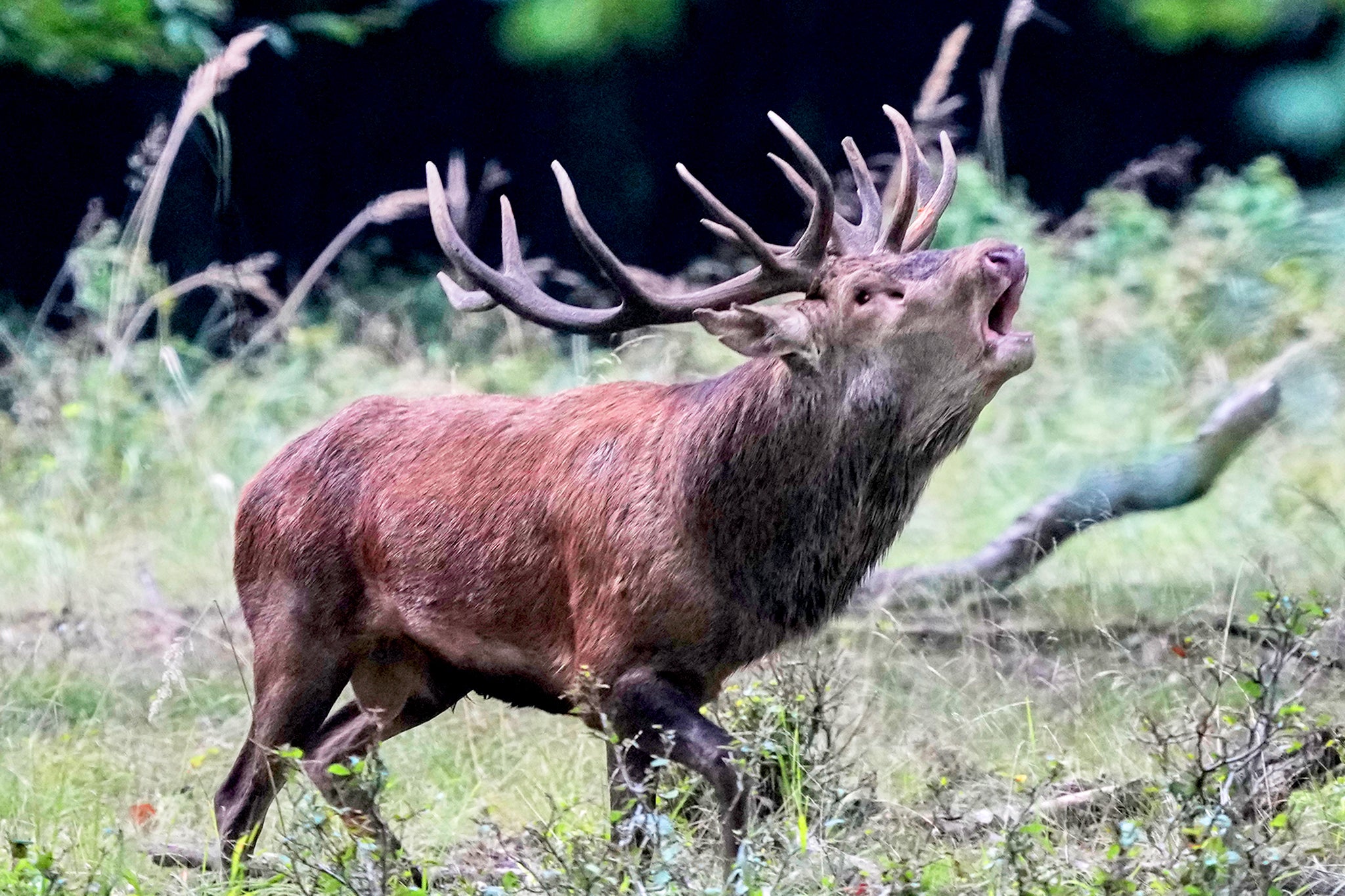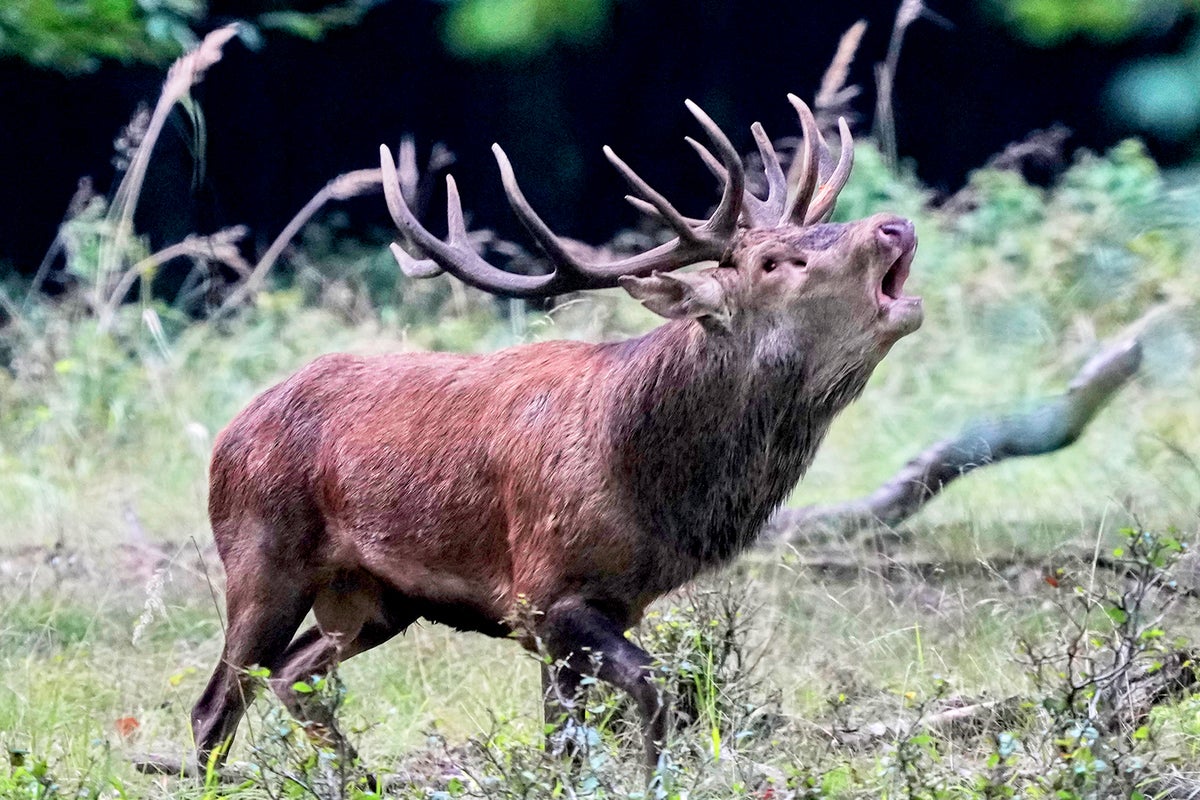Your support helps us to tell the story
From reproductive rights to climate change to Big Tech, The Independent is on the ground when the story is developing. Whether it’s investigating the financials of Elon Musk’s pro-Trump PAC or producing our latest documentary, ‘The A Word’, which shines a light on the American women fighting for reproductive rights, we know how important it is to parse out the facts from the messaging.
At such a critical moment in US history, we need reporters on the ground. Your donation allows us to keep sending journalists to speak to both sides of the story.
The Independent is trusted by Americans across the entire political spectrum. And unlike many other quality news outlets, we choose not to lock Americans out of our reporting and analysis with paywalls. We believe quality journalism should be available to everyone, paid for by those who can afford it.
Your support makes all the difference.Read more
Around the world, women live longer than men on average – and scientists have now discovered that competition for a mate could be the reason.
Male mammals have elaborate and energetic mating rituals, such as stags crashing antlers, often resulting in injury and shorter lives, researchers at the Max Planck Institute for Evolutionary Anthropology found.
Among the 1,176 species of mammals and birds studied to find out which sex lives longer, female mammals live on average 13 per cent longer than males, while among birds, males live about five per cent longer.
Male mammals and birds both develop characteristics such as colourful markings, antlers, horns and large body size – all to increase reproductive success. But their lifespan could be cut short if they are polygamous and have multiple partners.
 Male mammals have elaborate and energetic mating rituals, such as stags crashing antlers, often resulting in injury and shorter lives (AP)
Male mammals have elaborate and energetic mating rituals, such as stags crashing antlers, often resulting in injury and shorter lives (AP)
In polygamous mammals with strong competition, males generally die earlier than females due to battling other males for a mate. Many birds, on the other hand, are monogamous, which means that competitive pressure is lower and males often live longer.
Researchers of the study, published in the journal Science Advances, also found evidence that the sex that plays a role in raising offspring – in mammals, this is usually the female – tends to live longer.
In primates, such as gorillas, this is likely because the female needs to survive until their offspring are independent or sexually mature.
But there could be a genetic disadvantage that means male mammals do not live as long as male birds.
In mammals, females have two X chromosomes, while males have only one X and one Y. Some research suggests that having two X chromosomes may protect females from harmful mutations, offering a survival advantage.
In birds, however, the system is reversed: females are the “mixed pair”, with Z and W chromosomes, while males have two Z chromosomes.
Even when animals were kept in zoos, safe from predators and looked after by vets, the same lifespan differences between the sexes remained.
“Some species showed the opposite of the expected pattern,” said lead author Johanna Stärk. “For example, in many birds of prey, females are both larger and longer-lived than males. So sex chromosomes can only be part of the story.”
Some exceptions included male peacocks with bright and colourful tails, which still live longer despite competing for a mate. However, most birds that must compete for a mate find that their longevity advantage shrinks over females.
Similarly, female howler monkeys, marmosets and tamarins live scarcely longer than the males. This could be because they are monogamous, unlike other mammals.
By contrast, chimpanzees do compete for mates and in captivity, female chimps live for about 34 years on average and males for 28 – about a fifth less.
